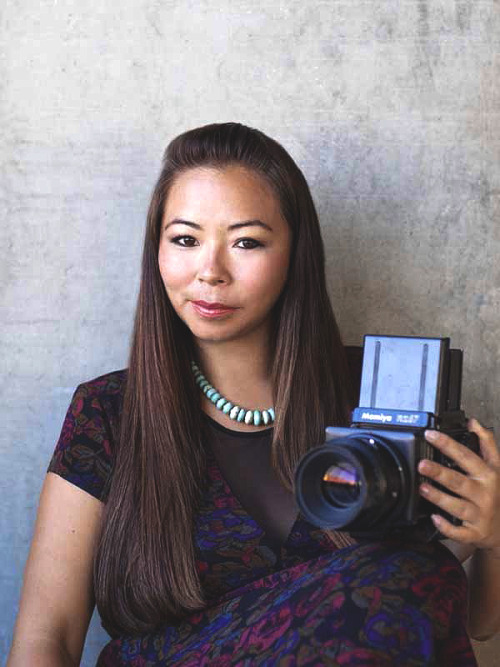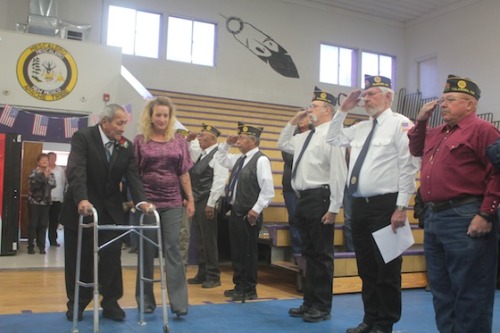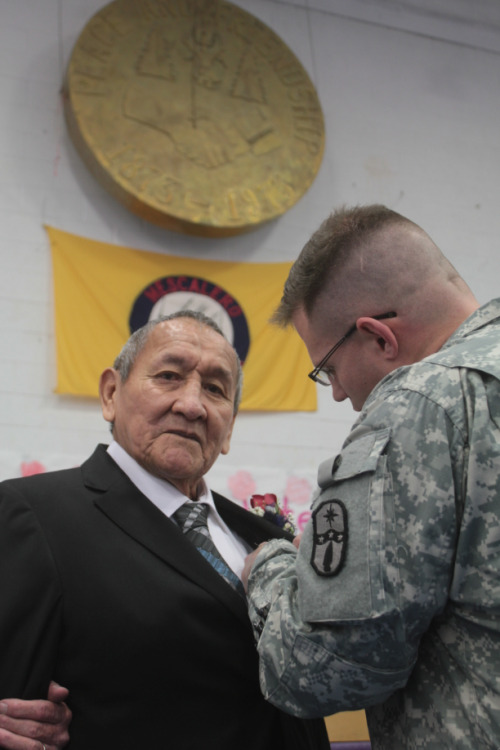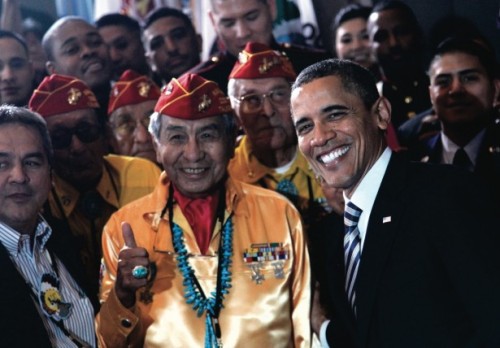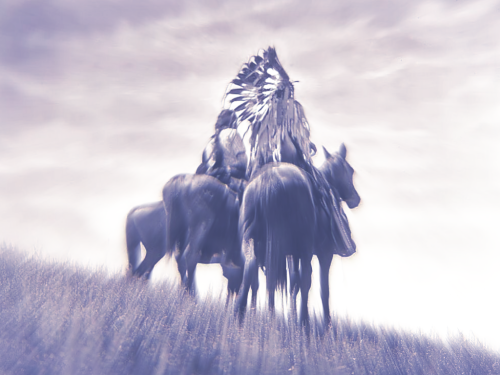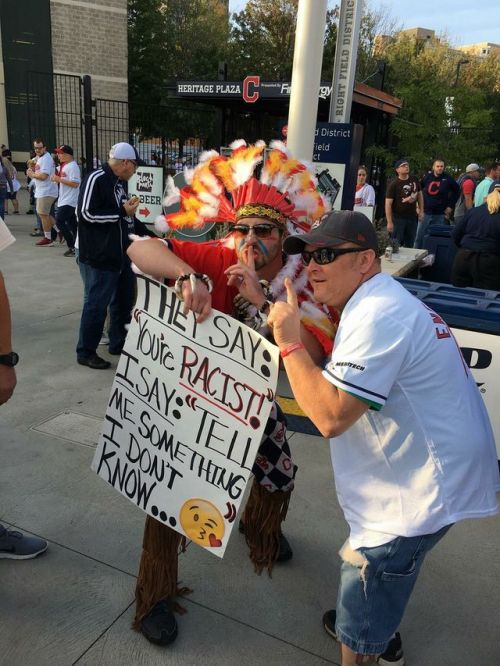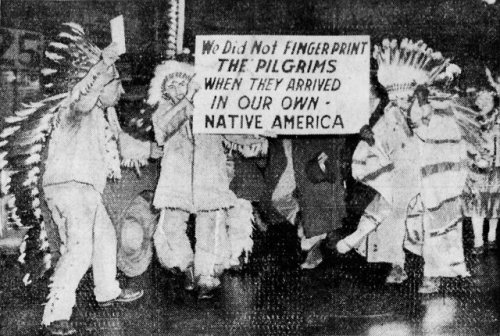EMMONAK, Alaska — She was 19, a young Alaska Native woman in this icebound fishing village of 800 in the Yukon River delta, when an intruder broke into her home and raped her. The man left. Shaking, the woman called the tribal police, a force of three. It was late at night. No one answered. She left a message on the department’s voice mail system. Her call was never returned. She was left to recover on her own.
“I drank a lot,” she said this spring, three years later. “You get to a certain point, it hits a wall.”
One in three American Indian women have been raped or have experienced an attempted rape, according to the Justice Department.Their rate of sexual assault is more than twice the national average. And no place, women’s advocates say, is more dangerous than Alaska’s isolated villages, where there are no roads in or out, and where people are further cut off by undependable telephone, electrical and Internet service.
Here in Emmonak, the overmatched police have failed to keep statistics related to rape. A national study mandated by Congress in 2004 to examine the extent of sexual violence on tribal lands remains unfinished because, the Justice Department says, the $2 million allocation is insufficient.
But according a survey by the Alaska Federation of Natives, the rate of sexual violence in rural villages like Emmonak is as much as 12 times the national rate. And interviews with Native American women here and across the nation’s tribal reservations suggest an even grimmer reality: They say few, if any, female relatives or close friends have escaped sexual violence.
The difficulties facing American Indian women who have been raped are myriad, and include a shortage of sexual assault kits at Indian Health Service hospitals, where there is also a lack of access to birth control and sexually transmitted disease testing. There are also too few nurses trained to perform rape examinations, which are generally necessary to bring cases to trial.
Women say the tribal police often discourage them from reporting sexual assaults, and Indian Health Service hospitals complain they lack cameras to document injuries.
Police and prosecutors, overwhelmed by the crime that buffets most reservations, acknowledge that they are often able to offer only tepid responses to what tribal leaders say has become a crisis.
Rape, according to Indian women, has been distressingly common for generations, and they say tribal officials and the federal and state authorities have done little to help halt it, leading to its being significantly underreported.
In the Navajo Nation, which encompasses parts of Arizona, New Mexico and Utah, 329 rape cases were reported in 2007 among a population of about 180,000. Five years later, there have been only 17 arrests. Women’s advocates on the reservation say only about 10 percent of sexual assaults are reported.
Nationwide, an arrest is made in just 13 percent of the sexual assaults reported by American Indian women, according to the Justice Department, compared with 35 percent for black womenand32 percent for whites.
In South Dakota, Indians make up 10 percent of the population, but account for 40 percent of the victims of sexual assault. Alaska Natives are 15 percent of that state’s population, but constitute 61 percent of its victims of sexual assault.
The Justice Department did not prosecute 65 percent of the rape cases on Indian reservations in 2011.And though the department said it had mandated extra training for prosecutors and directed each field office to develop its own plan to help reduce violence against women, some advocates for Native American women said they no longer pressed victims to report rapes.
(Read More)
Post link
